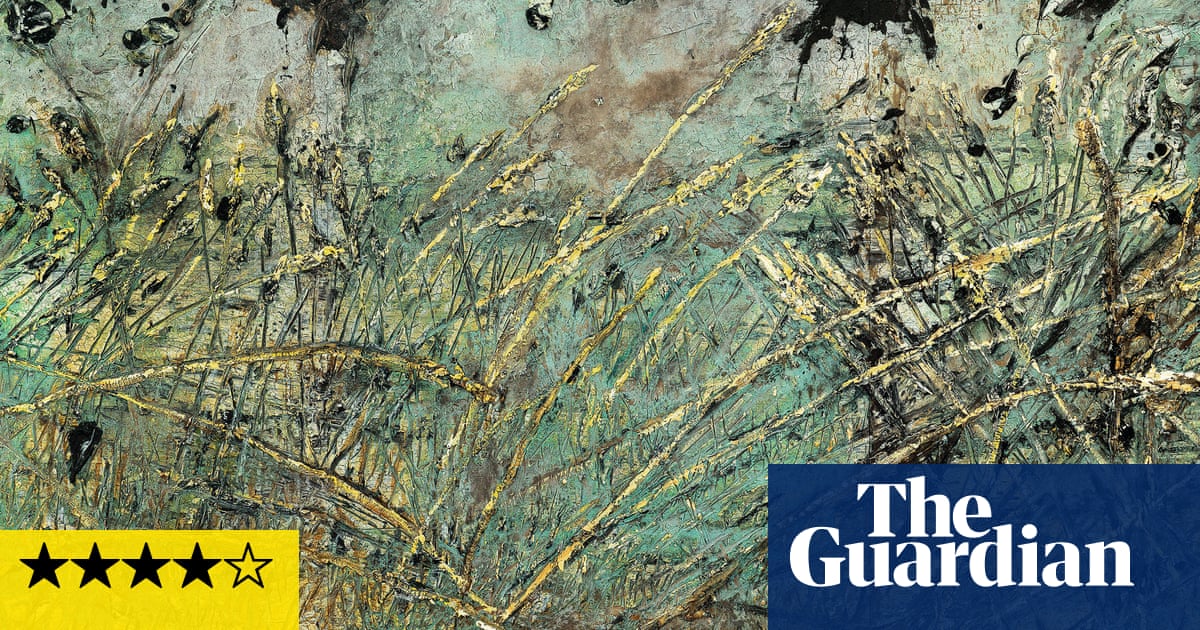
"The peculiar result is to make you see how the dreamer of sunflowers and starry nights might have painted the horrors of modern history, if he'd lived to see them."
"Kiefer's art has been a long war against forgetting, fought with paintings, actions and installations."
"Every ploughed furrow receding across the dead space looks like the rail tracks to Auschwitz."
"Nearby is a pair of abandoned shoes: Van Gogh's, in his 1886 painting Shoes. But in this context these battered, lifeworn boots look like the many shoes, suitcases, glasses and other objects left by the murdered."
The Royal Academy's exhibition juxtaposes artworks by Vincent van Gogh and contemporary artist Anselm Kiefer, igniting thoughts on how Van Gogh's unique style could have interpreted the tumultuous 20th century. The display features Kiefer's dramatic pieces inspired by historical trauma, alongside Van Gogh's evocative paintings. The exhibit serves as a reflection on memory, loss, and the impact of history, particularly focusing on themes involving war and the Holocaust. Kiefer's art confronts the danger of forgetting past atrocities, leading viewers to consider Van Gogh's potential perspectives on these somber events had he survived into the modern era.
Read at www.theguardian.com
Unable to calculate read time
Collection
[
|
...
]